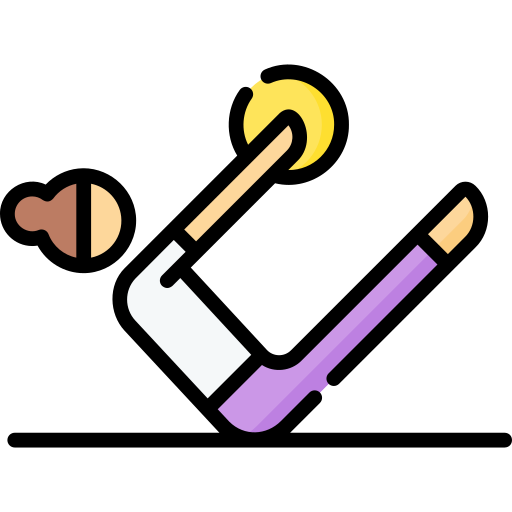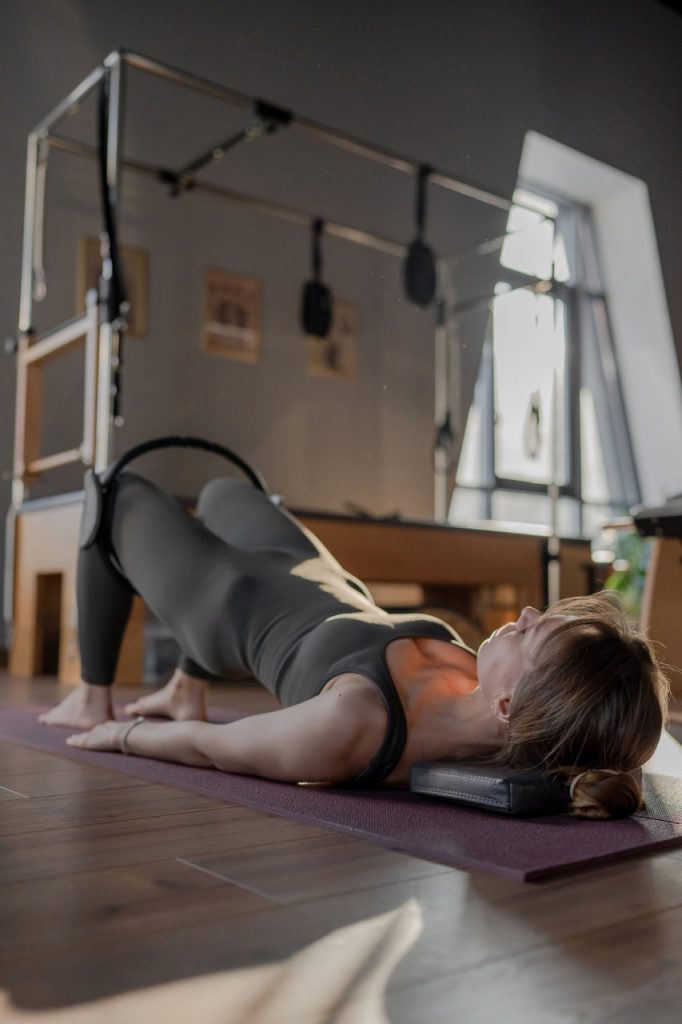Starting something new can feel intimidating, especially when it comes to fitness. If you’ve never tried Pilates before, you might wonder whether you need special equipment, a flexible body, or years of experience to begin. The truth is: you don’t. Pilates was designed to be inclusive, gentle, and adaptable — making it an ideal form of exercise for beginners, especially in the comfort and privacy of your own home.
One of the great strengths of Pilates is that it doesn’t require a large space, a gym membership, or expensive gear. At its core, Pilates is about control, breath, and alignment. This makes it uniquely suited to home practice, where distractions are minimized and you can focus entirely on how your body moves and feels. All you really need is a soft surface, such as a yoga mat, and a willingness to start where you are.
For beginners, the most important step is understanding that Pilates is not about how much you can do — it’s about how well you move. The movements are often small, slow, and intentional. Unlike high-impact workouts that push you to exhaustion, Pilates invites you to become more connected to your body, one movement at a time. As you learn to engage your core, coordinate breath with motion, and build awareness of your alignment, you begin to create a strong foundation that supports you in all other areas of life.
It’s natural to feel uncertain in the beginning, especially if you’re not sure what proper form looks like. That’s why guided instruction is so valuable. A structured online course can walk you through each movement safely and clearly, helping you understand not just how to perform the exercises, but why they matter. With video guidance and progressions tailored to different levels, you can build confidence while learning at your own pace.
Consistency matters more than intensity. Many people new to Pilates worry that they won’t feel challenged or see results, but Pilates challenges your body in subtle and effective ways. Over time, you’ll notice increased core strength, better posture, improved flexibility, and reduced tension — especially in the lower back, shoulders, and hips. Because Pilates emphasizes control rather than repetition, even a short session can be deeply effective if done mindfully.
Another reason Pilates is ideal for beginners at home is its low-impact nature. It’s gentle on the joints and spine, making it accessible for people of all ages and fitness backgrounds, including those recovering from injury or dealing with chronic pain. This doesn’t mean it’s easy — but it means it’s sustainable. Rather than pushing through discomfort, you’ll learn to work with your body, not against it.
As you build your routine, start with shorter sessions — even 15 to 20 minutes is enough when done consistently. Create a quiet space in your home where you can move without interruption. Make it a small ritual — something you look forward to, rather than a task you dread. The goal is not to be perfect, but to show up regularly and stay curious about what your body can do.
The first few sessions may feel unfamiliar. You might not feel “the burn” or break a sweat, but you will begin to notice something deeper: a growing awareness of your posture, your breath, and your movement. These internal changes are the first signs that Pilates is doing what it was designed to do — rebalancing and reconnecting your body from the inside out.
Ultimately, beginning Pilates at home is not about mastering complex moves or achieving quick physical transformation. It’s about building a relationship with your body — one that is rooted in respect, patience, and care. Over time, this relationship becomes the true reward of practice. You’ll feel stronger, more supported, and more at ease in your own skin.
So if you’re standing at the starting line, unsure of where or how to begin, know this: your body is ready now. You don’t need to be more flexible, more fit, or more experienced to start. You simply need to begin — and Pilates will meet you exactly where you are.

